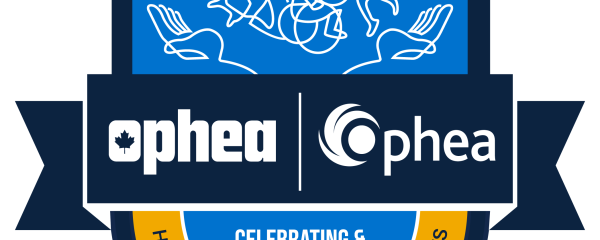"Food literacy is having the knowledge, skills, and attitudes necessary to choose, grow, prepare, and enjoy healthy food that support one’s health, community, and the environment. It means understanding the impact of our food choices on our health, the environment, and our economy" (Fraser Health Authority, 2021).
To be food literate means to understand food systems – the people and processes that create food – and the social aspects of food, including family and cultural traditions. It requires the ability to seek out and understand information about food as well as the factors that influence food choices. It requires individuals to be involved in learning experiences with food such as learning how to cook, shop at markets, and make healthy choices to meet their nutritional needs, which contribute to lifelong health and wellness (European Association of Dietitians, 2018).
When students understand how food marketing can influence their food choices – which in turn may impact their health – they are then equipped with the knowledge and skills to make the best choices possible, taking into consideration the factors they can and cannot control.
What is media literacy?
"Media literacy is the result of study of the art and messaging of various forms of media texts. Media texts can be understood to include any work, object, or event that communicates meaning to an audience. Most media texts use words, graphics, sounds, and/or images, in print, oral, visual, or electronic form, to communicate information and ideas to their audience. Whereas traditional literacy may be seen to focus primarily on the understanding of the word, media literacy focuses on the construction of meaning through the combination of several media “languages” – images, sounds, graphics, and words" (Ontario Ministry of Education, 2006).
Students are exposed to media texts on a daily basis in a variety of settings. The messages they consume, whether overt or implied, can have a significant impact on their understanding of food and their food choices. Being media literate means having the ability to critically interpret such messages and determine their potential impact and influence on one's choices. It also requires the ability to effectively use media to communicate their ideas.
When students can adopt a critical lens in viewing food marketing and advertising and use the same media forms to communicate their ideas, they are then equipped with the knowledge and skills to make the best choices and promote healthier food choices for themselves and others.
Why is it important for students to be food literate and media literate?
In our fast-paced, 21st century world the food landscape has changed from where and how food is grown and packaged to how and where it is consumed. Consumers face a myriad of food choices in food markets, food courts, restaurants, via food delivery services, and when preparing foods at home. Highly processed and packaged foods provide quick and easy access to food in a variety of settings, yet they may be higher in sugars, salt, fats, and preservatives, which can all negatively impact one’s health. Competing demands in daily life, food preferences, cooking skills, food availability, food costs, individual nutritional demands, and the impact of food choices on the community and the environment are all factors that can influence one’s food choices.
Students are exposed to a plethora of food information through nutrition labels, food marketing, and food advertising via various media forms. They need the skills to be able to recognize, analyze, and evaluate nutrition labels, food packaging claims, and food marketing techniques. They also need the skills to decipher the many messages communicated through various forms of media texts, such as menus and food advertisements, to which they are exposed in stores, restaurants, and food courts and on social media. Students need to develop the skills to critically examine this information, which will help them establish a healthy relationship with food, develop healthier eating habits, and be empowered to make healthier food choices throughout their lives, taking into consideration the factors they can and cannot control.
References
Adapted from: European Association of Dietitians. (2018). Food Literacy: An Added Value for Health.
Fraser Health Authority. (2021). Food Literacy.
Ontario Ministry of Education. (2006). The Ontario Curriculum, Grades 1–8: Language, page.13.




